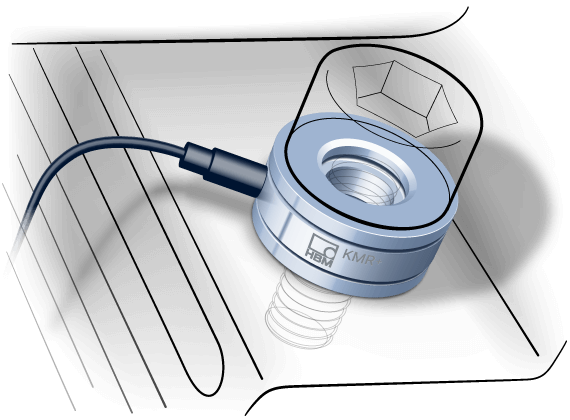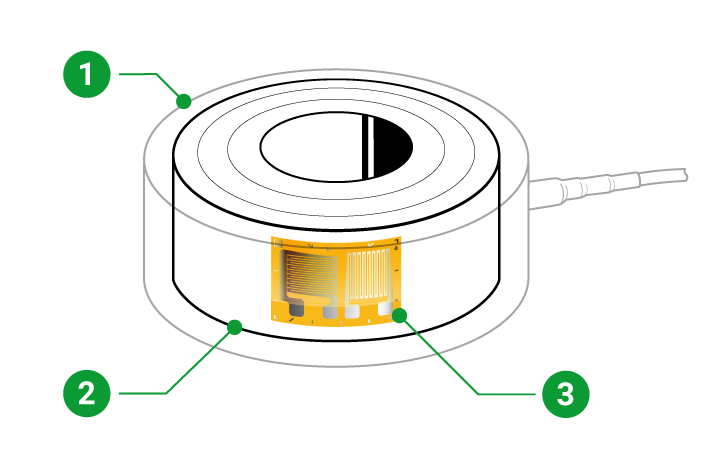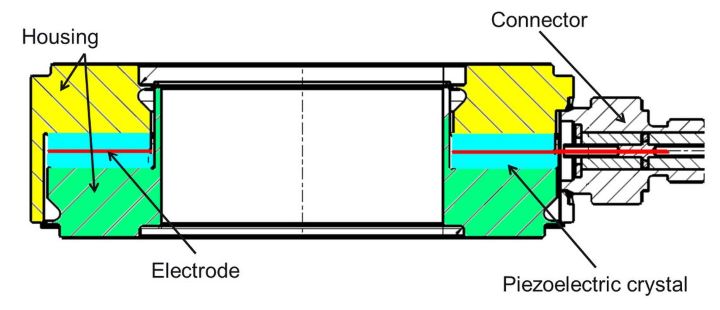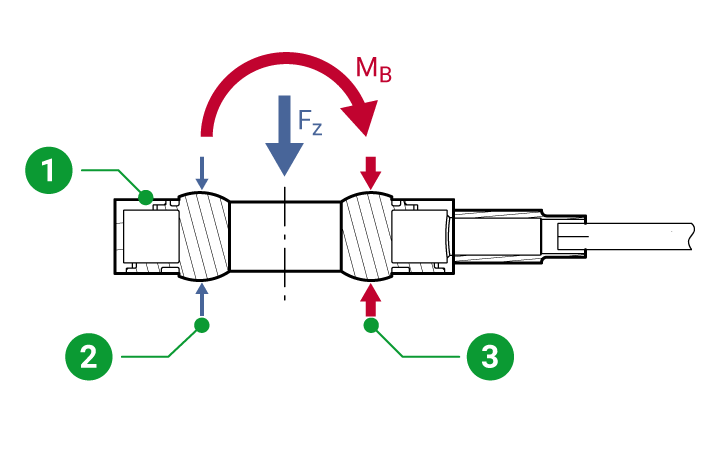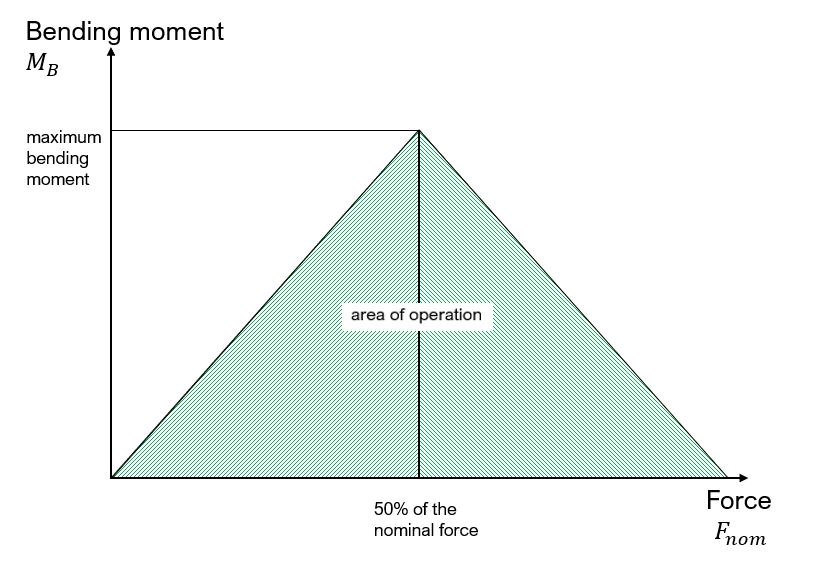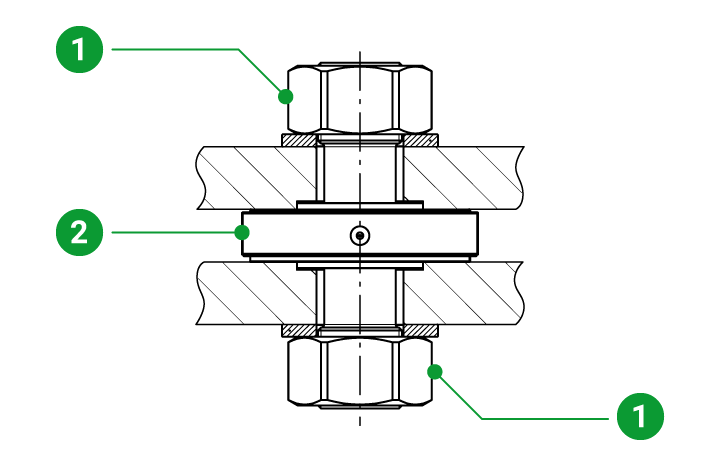High forces, exacting requirements for the robustness of the measuring equipment – not to mention demands for a low height of construction and easy integration on a limited budget – there are many reasons for using annular force sensors. Their diverse uses range from monitoring forces in virtually countless industrial applications, such as crimping, joining, pressing and riveting, to the long-term monitoring of threaded connections in wind turbines or on rails.
Therefore, the requirements facing the force washers are as varied as the measurement tasks:
- A low discrimination threshold, to ensure excellent sensitivity and enable even the tiniest forces to be measured
- Rugged version with compact dimensions
- Sizes suitable for popular screw, bolt and pin diameters
- Drift-free quality when used in monitoring tasks, such as screw and bolt monitoring, for example
- Very low repeatability error after installation and calibration
Even with the latest technology, it is impossible to satisfy all requirements with one physical measurement principle. For this reason, solutions based both on strain gauges and piezoelectric force washers have become widespread.
